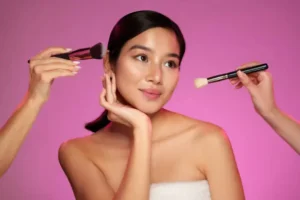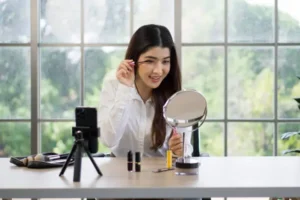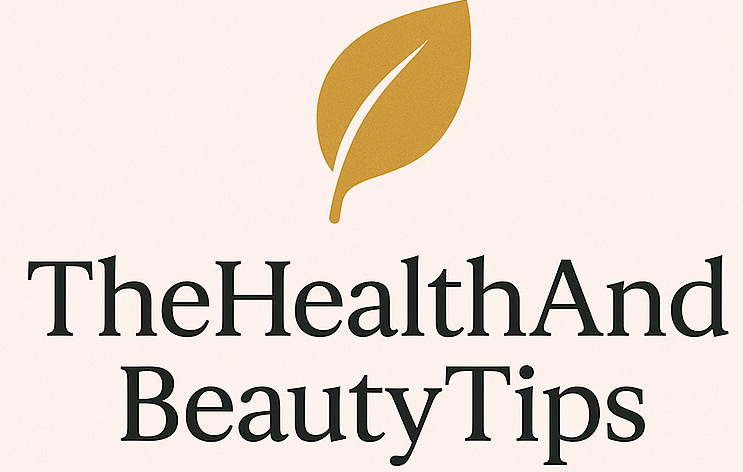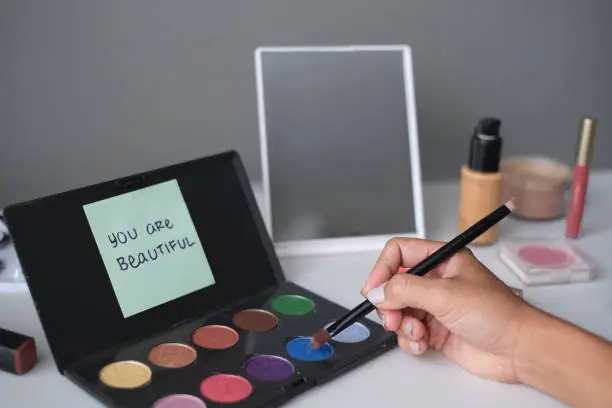Eyeshadow Application Tips?
Eyeshadow is one of the most versatile and transformative products in makeup. Whether you’re looking to create a natural, everyday look or a bold, smoky eye, mastering eyeshadow application is a skill every makeup enthusiast should have in their arsenal.
From understanding the different types of eyeshadow to applying it with the right tools, this guide will provide you with tips and techniques to help you achieve the perfect eyeshadow look every time.
Types and Formulas
Before diving into the application, it’s important to know the different types of eyeshadows available. Choosing the right one for your needs will ensure better results and long-lasting wear. Eyeshadow Application Tips?
Powder Eyeshadow
Powder eyeshadow is the most common formula and is available in both matte and shimmer finishes. It’s easy to blend, buildable, and great for creating both subtle and dramatic looks.
Key Benefits:
- Easy to blend
- Available in a variety of finishes (matte, shimmer, metallic, etc.)
- Suitable for all eye types
Cream Eyeshadow
Cream eyeshadows offer a more intense color payoff with a smooth, buttery finish. They tend to be more hydrating and are perfect for a dewy look.
Key Benefits:
- Long-lasting
- Provides a smooth texture
- Great for dry eyelids
Liquid Eyeshadow
Liquid eyeshadow formulas provide an intense and vibrant color payoff and dry down quickly for a smudge-proof finish. They’re ideal for creating bold, metallic looks.
Key Benefits:
- Fast-drying
- Smudge-proof
- Ideal for vibrant, metallic finishes
Gel Eyeshadow
Gel eyeshadows provide a smooth texture that can be layered for more intense color. They typically have a satin or matte finish and are great for creating precise lines.
Key Benefits:
- Smooth, gel-like consistency
- Great for precise application
- Perfect for intense looks
Loose Pigments
Loose pigments are highly concentrated powders that provide intense color and sparkle. They require a bit more effort to apply but are perfect for creating bold, dramatic eye looks.
Key Benefits:
- Highly pigmented
- Versatile for both subtle and dramatic looks
- Great for special occasions
Essential Tools for Perfect Eyeshadow Application

Having the right tools is crucial for achieving flawless eyeshadow applications. Here’s a breakdown of the most essential tools you’ll need:
Eyeshadow Brushes
Invest in a good set of eyeshadow brushes for blending, applying, and defining your eyeshadow. The most common brushes include:
- Flat Brush: Used for packing color onto the eyelid.
- Blending Brush: Helps in softening and blending the eyeshadow to create seamless transitions.
- Angled Brush: Ideal for defining the crease or applying eyeliner.
- Pencil Brush: Best for applying eyeshadow along the lower lash line.
Eyeshadow Primer
An eyeshadow primer is a must-have for preventing creasing, enhancing color payoff, and helping your eyeshadow last longer throughout the day. Primers create a smooth base that holds the eyeshadow in place and prevents it from fading or smudging.
Eyeliner and Mascara
While not technically eyeshadow tools, eyeliner, and mascara are essential for finishing off your eye makeup and giving your eyes definition.
Step-by-Step Guide to Applying Eyeshadow
Now that you’re familiar with the different eyeshadow types and essential tools, let’s dive into the step-by-step process of applying eyeshadow.
Preparing Your Eyes
To ensure that your eyeshadow lasts all day and goes on smoothly, start by prepping your eyelids. Begin with a clean face and make sure your eyelids are free from oils or makeup residue.
- Moisturize: Apply an eye cream to hydrate the delicate skin around your eyes.
- Apply Eyeshadow Primer: A good primer will prevent creasing and help your eyeshadow stick.
Choosing the Right Colors
Choosing the right eyeshadow colors is key to a cohesive look. Consider your skin tone, the occasion, and the desired effect. Eyeshadow Application Tips?
- For a Natural Look: Choose neutral shades such as beige, soft browns, or light pinks.
- For a Bold Look: Opt for vibrant colors such as blues, purples, or greens.
- For a Smoky Eye: Use dark shades like charcoal, deep brown, or black.
Blending Techniques
Blending is crucial to achieving a smooth, professional-looking finish. Here’s how to blend your eyeshadow like a pro: Eyeshadow Application Tips.
- Apply the Lightest Shade: Start by applying a neutral or light shade across your eyelid as a base.
- Build Up the Crease: Using a slightly darker shade, apply it to your crease with a blending brush. This step helps define the eyes.
- Darken the Outer Corner: For added depth, apply a dark shade to the outer corner of the eye, blending it into the crease.
- Blend, Blend, Blend: Keep blending all shades together for a seamless, natural finish. Ensure there are no harsh lines.
Adding Definition
Once your basic eyeshadow is applied, you can add definition with eyeliner and mascara.
- Eyeliner: Apply eyeliner to your upper lash line to make your lashes appear fuller. For a more dramatic effect, use eyeliner on your lower lash line as well.
- Mascara: Finish the look by curling your lashes and applying mascara to both your upper and lower lashes for volume.
Finishing Touches
- Highlight the Inner Corners: To brighten up your eyes, apply a light shimmer or highlight in the inner corners of your eyes.
- Clean Up: If there’s any fallout from your eyeshadow, clean it up with a makeup wipe or concealer.
Tips for Different Eye Shapes

Understanding your eye shape is essential when it comes to eyeshadow application. Here are some tips for different eye shapes:
- Hooded Eyes: Focus on the crease and use matte shades to avoid overwhelming the eyelid. Apply eyeshadow just above the crease to create the illusion of a larger eyelid.
- Almond Eyes: Most eyeshadow looks will suit almond-shaped eyes. However, accentuate the crease for extra definition.
- Round Eyes: Use darker shades on the outer corners to elongate the eyes and create an almond shape.
- Monolid Eyes:Focus on creating depth in the crease with lighter shades, using a gradient technique to make the eyes appear larger.
Common Eyeshadow Mistakes and How to Avoid Them
Here are a few common eyeshadow mistakes and how to avoid them: Eyeshadow Application Tips?
- Not Blending Enough: Blending is key to a polished look. Always make sure to blend your eyeshadow thoroughly to avoid harsh lines.
- Applying Too Much Product: Start with a small amount of product and build it up. It’s easier to add more than to remove excess.
- Forgetting to Set Your Eyeshadow: Without a primer or setting spray, eyeshadow may crease or fade. Use an eyeshadow primer and a setting spray for longevity.
- Not Considering Your Eye Shape: Adjust your eyeshadow technique based on your unique eye shape to enhance your features.
Conclusion:
With these tips and techniques, you can confidently apply eyeshadow to achieve a variety of looks, from natural to bold. The key is understanding your eye shape, selecting the right colors, and blending effectively. Experiment with different eyeshadow types and finishes to find the best products for your needs.
FAQs About Eyeshadow Application
How can I make my eyeshadow last longer? A: Use an eyeshadow primer and set your eyeshadow with a translucent powder or setting spray.
What’s the best way to apply eyeshadow without it creasing? A: Apply an eyeshadow primer, avoid using too much product, and choose a long-lasting eyeshadow formula.
Can I use eyeshadow as eyeliner? A: Yes! Use an angled brush to apply a dark eyeshadow along your lash line for a softer, more diffused eyeliner look.
How do I create a smoky eye look? A: Start with a light base, then apply darker shades to the outer corners of the eyes. Blend well and finish with eyeliner and mascara.

